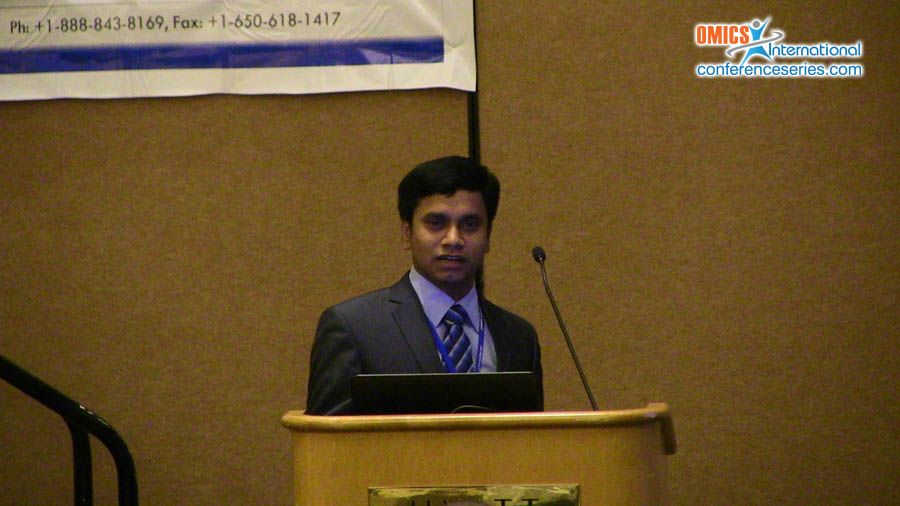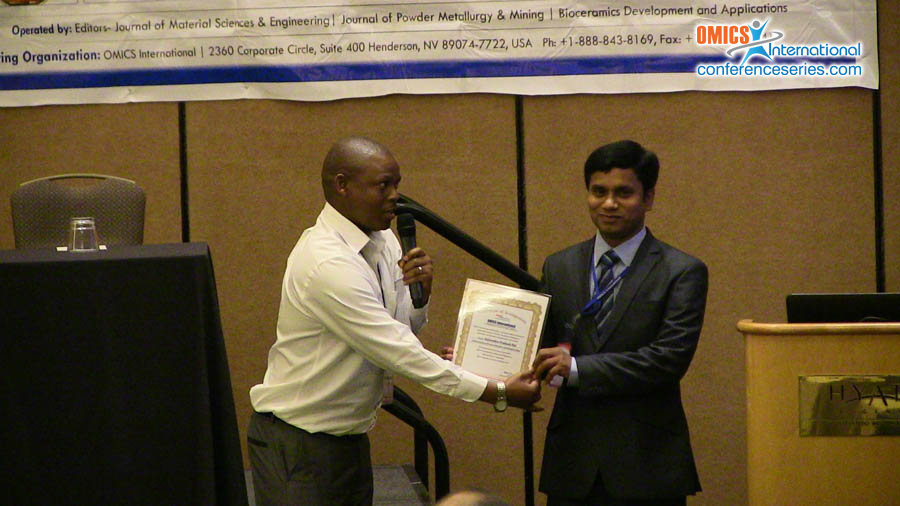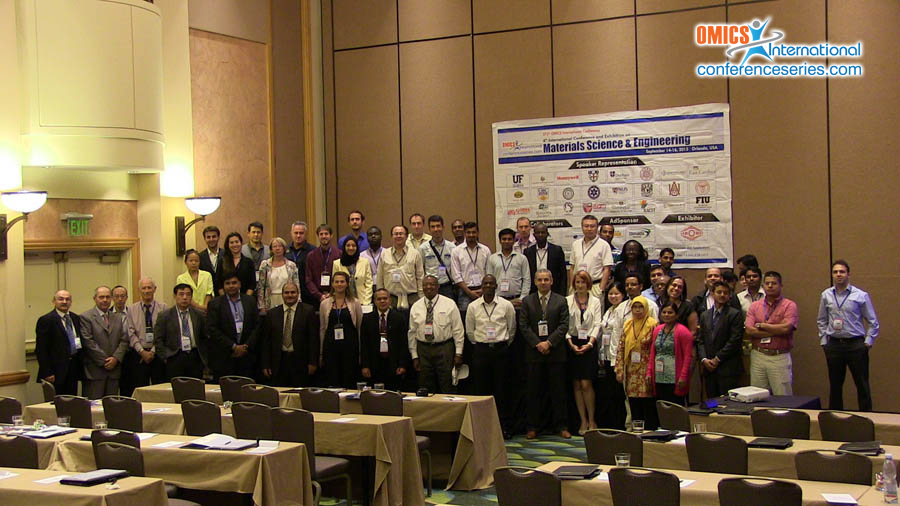
Satyendra Prakash Pal
Indian Institute of Science Education and Research, India
Title: Magnetic relaxation phenomena in Fe nanoparticles composited with activated carbon
Biography
Biography: Satyendra Prakash Pal
Abstract
Nanometer sized magnetic materials and their nanocomposites have unique properties with considerable applications in advanced technology, environmental control and biomedical applications [1, 2]. Magnetic spin-spin interactions in nanomagnetic materials play an important role in governing their magnetic behaviour. After dilution of these nanomagnetic materials with non-magnetic matrices, these spin-spin interactions weaken due to spatial separation between the magnetic entities. Here we have synthesized nanocomposite of Fe nanoparticles with activated carbon to alter the magnetic spin-spin interaction and hence study the dilution effect on the static and dynamic magnetic properties of the Fe nanoparticle system. We have synthesized Fe nanoparticles by employing a physical, top-down approach called electro explosion of wires [3]. In order to obtain the nanocomposite, 33% of Fe nanoparticles and 66% of activated carbon, by weight, were grind together in a mortar and pestle, hence denoted as (1:2) nanocomposite. Transmission electron microscopic (TEM) image shows the spherical Fe nanoparticles dispersed in carbon matrix with 13.8 nm particle size, as obtained from particle size histogram. Temperature dependent magnetization measurement for the nanocomposite does not show any blocking temperature at all, right up to the room temperature. In a manner of saying this isolated form of nanoparticles was not leaky and hence did not lose their magnetization. Magnetic hysteresis curve, taken at 300K, shows small value of the coercivity and this small hysteresis indicate the presence of an energy barrier and inherent magnetization dynamics. Langevin function fitting of the hysteresis curve gives the particle size of 15.02nm, which is almost similar to value obtained from TEM analysis. Magnetic relaxation data for the nanocomposite has been taken at a temperature of 100K. Experimental data points were fitted with a combination of two exponentially decaying function. Fitting parameters are, M0=1.71emu/g, A1= 0.09, Ï„1= 688s, A2= 0.12, and Ï„2= 6535s. In conclusion, this nanocomposite system, which has particles size in the superparamagnetic limit, behaves like a dilute ensemble of superspins with large value of the magnetic anisotropic barrier.



